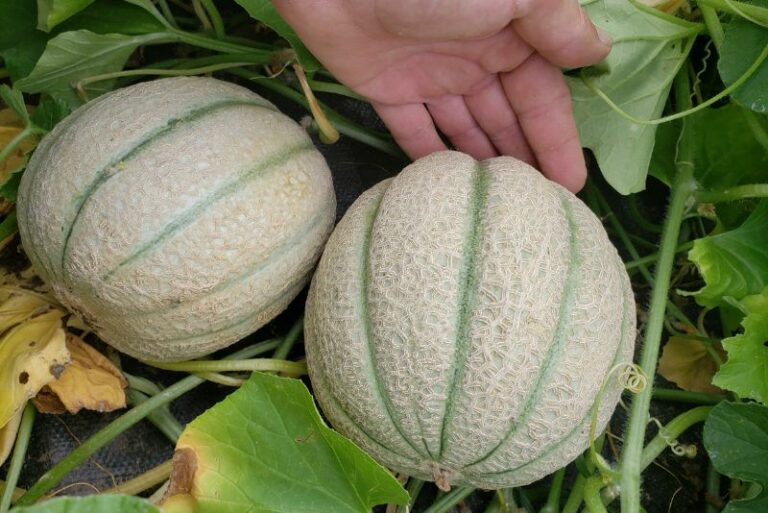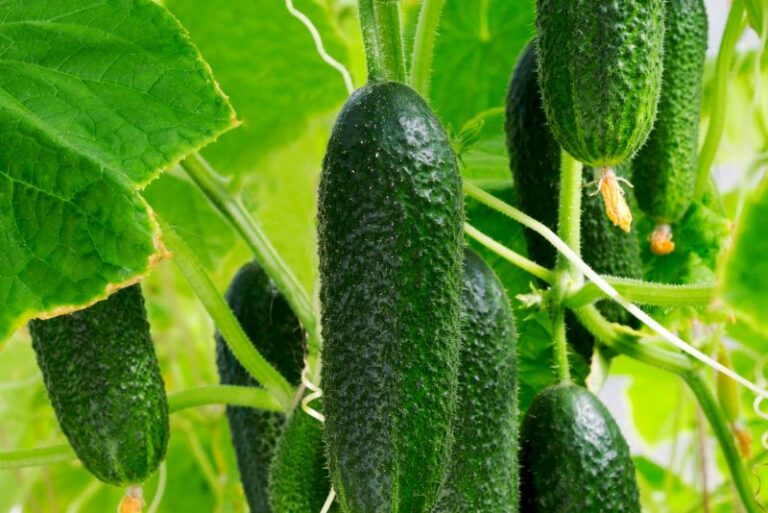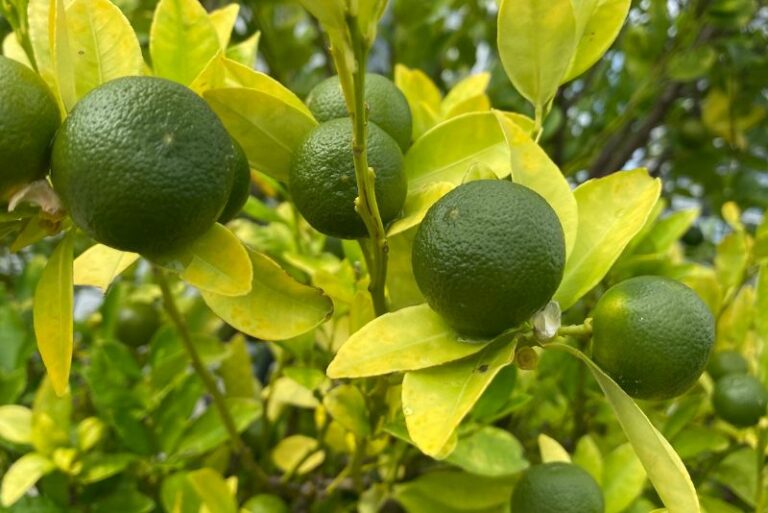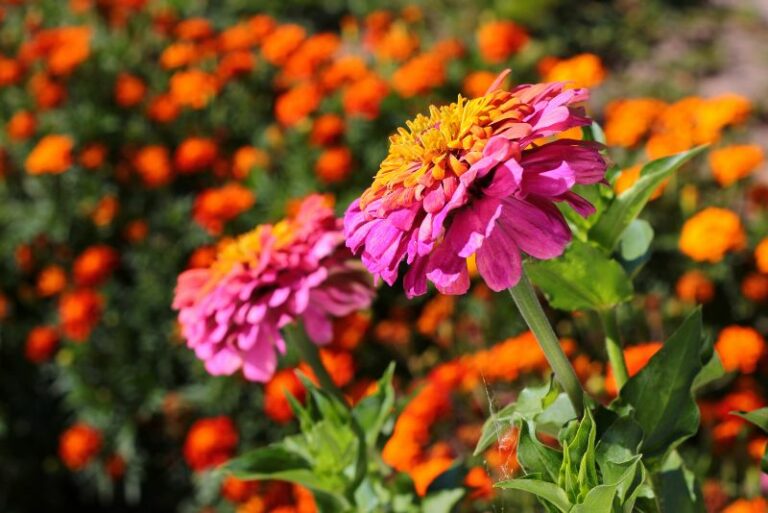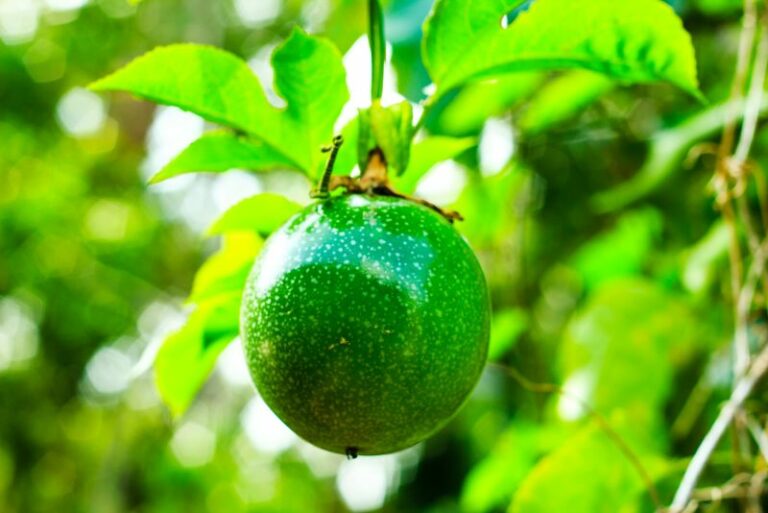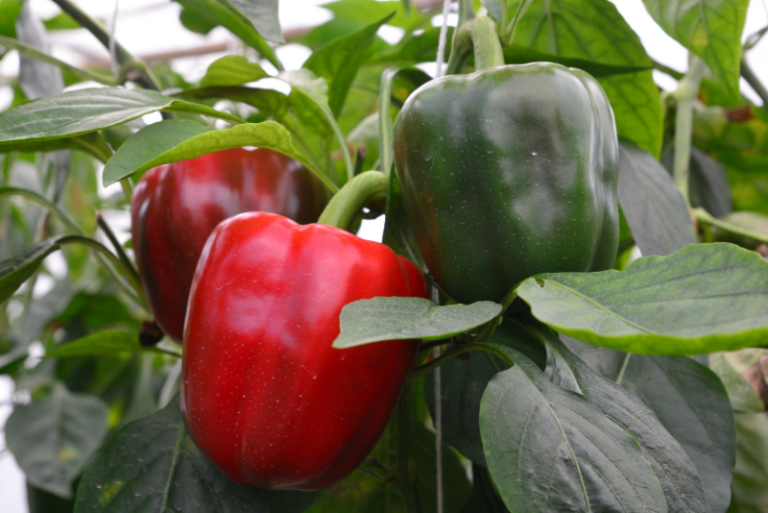Planting Cucumbers with Potatoes: Compatibility and Benefits
When it comes to cultivating your patch of green, the idea of planting cucumbers with potatoes might seem at first glance like mixing apples and oranges. We all know healthy soil and adequate space are crucial for any planting endeavor, but what if these two seemingly unrelated veggies could actually help each other grow better? In this detailed exploration of companion planting, we’ll uncover whether cucumbers and potatoes can thrive as neighbors in your garden beds, and the benefits this unorthodox pairing could yield for your homegrown produce.
Companion planting is the art of growing different kinds of plants close to one another for mutual benefit. This ancient technique, favored by indigenous peoples across the globe, is not only a sustainable gardening practice but also a natural way to enhance flavors in the kitchen and promote a balanced, pest-resistant ecosystem in your backyard. By strategically placing plants that complement each other’s growth, gardeners can witness stronger, healthier crops and a veritable menagerie of biodiversity.
The Compatibility of Cucumbers and Potatoes
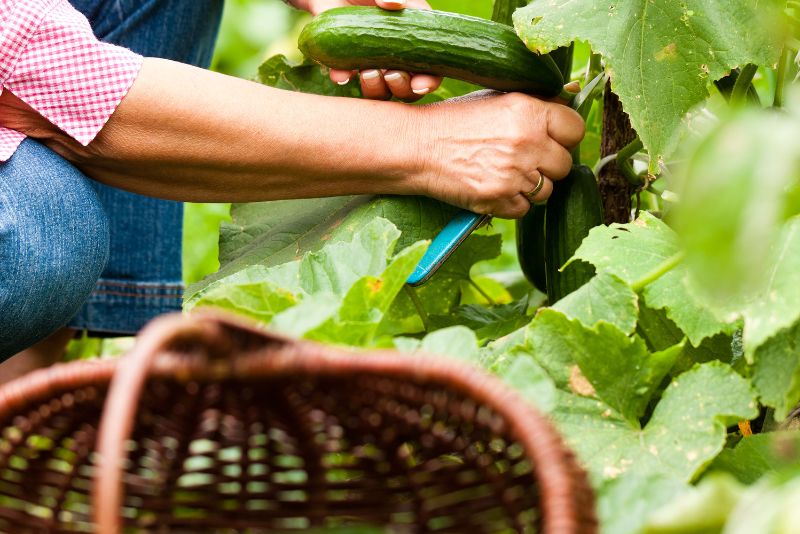
When it comes to cucumbers and potatoes, they may seem like the botanical odd couple. After all, cucumbers love to sprawl across the sunniest spots in your garden, while potatoes tend to prefer growing in the ground, concealed from the light. But a deeper look reveals certain similarities and potential benefits of planting them side-by-side.
Sharing Soil and Space
Both cucumbers and potatoes enjoy well-drained, fertile soil, and while cucumbers may appreciate a bit more warmth and pH neutrality, they can coexist with less finicky potatoes. Space considerations are where the potential harmony becomes important. To maximize the use of your garden real estate, consider planting cucumbers at the base of your potato plants as they grow and trellis them up the stalks, allowing for vertical growth that keeps both plants happy.
Benefits of Togetherness
There are several advantages to pairing cucumbers and potatoes. The vines of cucumbers can provide a natural living mulch, shading the soil to keep it moist and reduce weed pressure, which in turn can benefit the more delicate potato plants. This shading also helps to keep the soil temperatures lower, which potatoes prefer. Meanwhile, the cucumber’s rapid growth rate can help to suppress weeds that would compete for nutrients in the potato patch.
Complementary Growth Patterns
Cucumbers and potatoes may not seem like they’re cut from the same cloth, but their growth patterns can complement each other in a surprising way.
Interplanting for Success
By interplanting cucumbers and potatoes with proper spacing, you can observe a more bountiful harvest. The cucumber plants will trellis up and away from the potatoes, reducing the chance of the vines overtaking and shading them too much. In return, the cucumbers get support for their often sprawling nature and the opportunity to grow ‘up’ instead of ‘out,’ conserving space. This arrangement also facilitates air circulation, a crucial element in preventing fungal diseases that both of these moisture-loving crops are susceptible to.
Tips for Successful Planting
To realize the potential benefits of growing cucumbers and potatoes in tandem, follow these tips for a thriving garden.
Ideal Planting Distances
When planting cucumbers and potatoes, give your potato hills their classic 12 to 18-inch spacing, then place cucumber starts about a foot away from your potatoes. For vining cucumbers, you should train them to trellis as soon as they are established, directing their growth upwards and away from the potatoes.
Soil Preparation and Maintenance
Since both cucumbers and potatoes enjoy fertile soil, it’s essential to prepare a nutrient-rich growing medium before planting. Consider adding well-composted organic matter to the soil to improve fertility. Regular weeding and mulching are also crucial to maintain good soil coverage and prevent moisture loss. Watering should be consistent but not excessive to avoid waterlogging the potatoes.
For pest control, consider natural methods such as marigold interplanting, as marigolds are known to deter nematodes, which can be a challenge for both crops.
Benefits of Companion Planting
The practice of companion planting transcends the convenience of consolidating garden space. It’s a holistic approach to gardening that can lead to significant benefits for both the produce you yield and the environment as a whole.
Improved Soil Health and Nutrient Uptake
Companion planting can result in improved soil structure and health. For instance, the potato plant, with its deep-reaching roots, can help break up compacted soil, benefiting not only the cucumber but also other plants in the vicinity. The addition of nitrogen-fixing plants like beans or peas into the mix can further enhance the soil for a more robust, nutrient-dense growing environment.
Natural Pest Control and Enhanced Yields
Certain plant combinations have natural pesticidal properties, and together cucumbers and potatoes can act as a team against common pests. Pairing strong-scented plants like alliums (onions, garlic) with cucumbers can help repel pests, while the potatoes themselves can be a key component in deterring pests when planted with crops like cabbage. A diverse garden layout can also aid in guarding against pests and diseases that prefer monoculture settings.
Conclusion
Placing cucumbers next to potatoes is just one example of the untapped potential of companion planting. It’s a rewarding practice that not only enhances the vitality of your garden but can also offer valuable lessons in sustainability and harmony with nature. As you plan your garden this season, consider the possibilities that arise when you look at your plants not just as individual specimens, but as members of a collaborative community working together to create a flourishing, productive environment. And the next time you’re harvesting those crisp cucumbers and earthy potatoes from your garden, take a moment to appreciate the natural synergies that grew them there.
For the diligent gardener, the journey to discover the myriad benefits of companion planting is an ongoing adventure. And while every garden is unique, the principles of cooperation and mutual support can be applied universally, fostering a deeper connection to the plants that sustain us. It’s a small step towards a more harmonious relationship with the Earth, and it all starts with planting the right seeds — quite literally.

